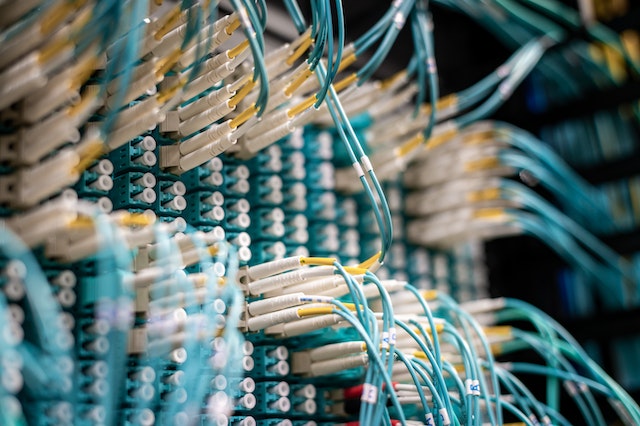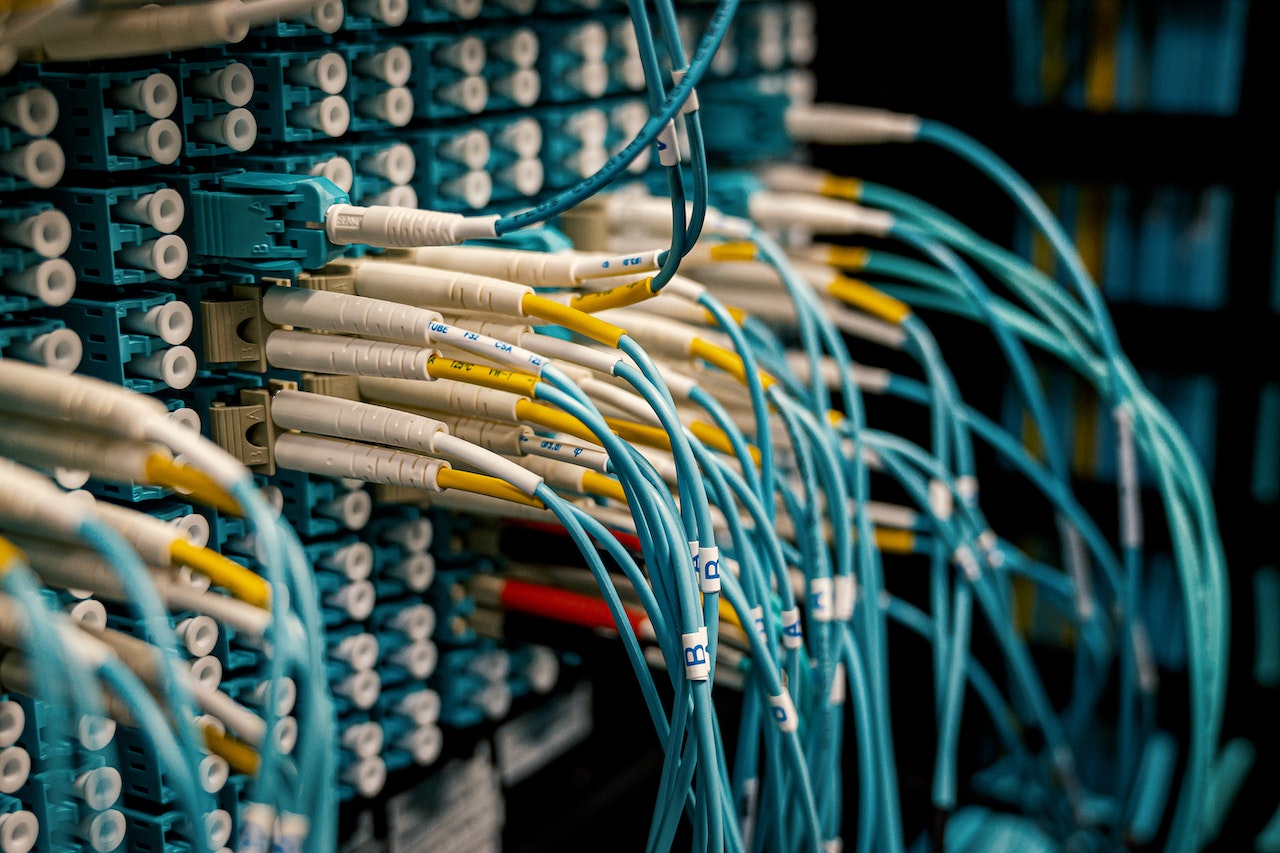The internet has become an integral part of our daily lives. It has revolutionized the way we communicate, work, and access information. But the journey to high-speed internet has been a long and arduous one. From the early days of dial-up to the latest fiber optic technology, the evolution of high-speed internet has been marked by a series of breakthroughs and advancements. In this article, we will take a closer look at the evolution of high-speed internet, from dial-up to fiber optic.
Dial-up Internet
In the early days of the internet, dial-up was the most common method of accessing the internet. This technology used a standard telephone line to connect to the internet. The user would dial a number provided by their internet service provider (ISP) to establish a connection. The maximum speed of dial-up internet was limited to 56 kbps, which meant that it was slow and unreliable. It also tied up the phone line, which meant that users could not make or receive calls while using the internet.
DSL Internet In the late 1990s, digital subscriber line (DSL) internet technology was introduced. DSL uses a special line that is separate from the telephone line to connect to the internet. This technology offers faster download and upload speeds than dial-up, with maximum speeds of up to 10 Mbps. This meant that users could browse the web and download files faster than ever before. However, DSL speeds vary depending on the distance between the user’s location and the nearest telephone exchange, which limited its reach.
Cable Internet
Cable internet is a high-speed internet connection that uses the same cable as your television service. This technology became popular in the early 2000s and offered faster download and upload speeds than DSL, with maximum speeds of up to 100 Mbps. Cable internet uses a shared bandwidth, which means that the speed of the connection can be affected by the number of people using it in your area. This technology also offers the advantage of being always-on, which means that users can access the internet without having to dial a number or wait for the connection to establish.
Fiber Optic Internet
Fiber optic internet is the latest and fastest technology available for high-speed internet. It uses fiber optic cables to transmit data over long distances at extremely high speeds. Fiber optic cables are made of glass or plastic and use light signals to transmit data. This technology offers maximum download and upload speeds of up to 1 Gbps or more, which is several times faster than cable internet. Fiber optic internet is also more reliable and has lower latency than cable or DSL, which makes it ideal for online gaming, video conferencing, and other bandwidth-intensive applications.
The Future of High-Speed Internet
The evolution of high-speed internet is far from over. The next generation of high-speed internet, known as 5G, is already being rolled out in many parts of the world. 5G is a wireless technology that promises to offer faster download and upload speeds, lower latency, and greater capacity than any previous wireless technology. 5G technology is expected to enable new applications and services, such as augmented and virtual reality, autonomous vehicles, and smart cities.
Conclusion
The evolution of high-speed internet has been marked by a series of breakthroughs and advancements, from the early days of dial-up to the latest fiber optic technology. Each new technology has brought faster download and upload speeds, lower latency, and greater reliability. Today, high-speed internet has become a critical infrastructure, essential for communication, work, and accessing information. The future of high-speed internet looks promising, with the roll-out of 5G technology, which promises to offer even faster speeds and new applications and services.








